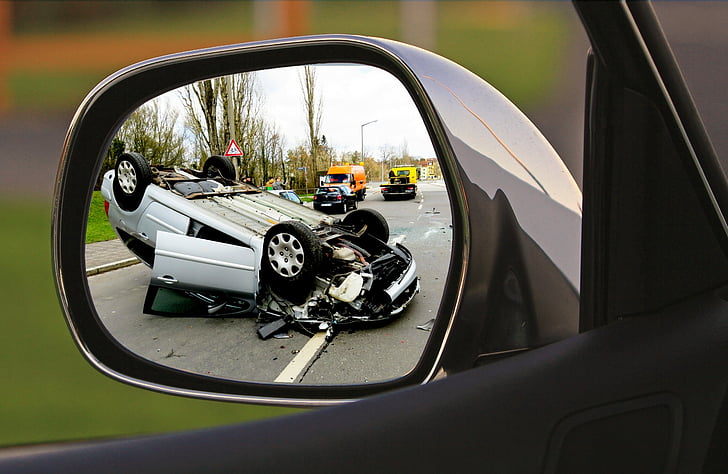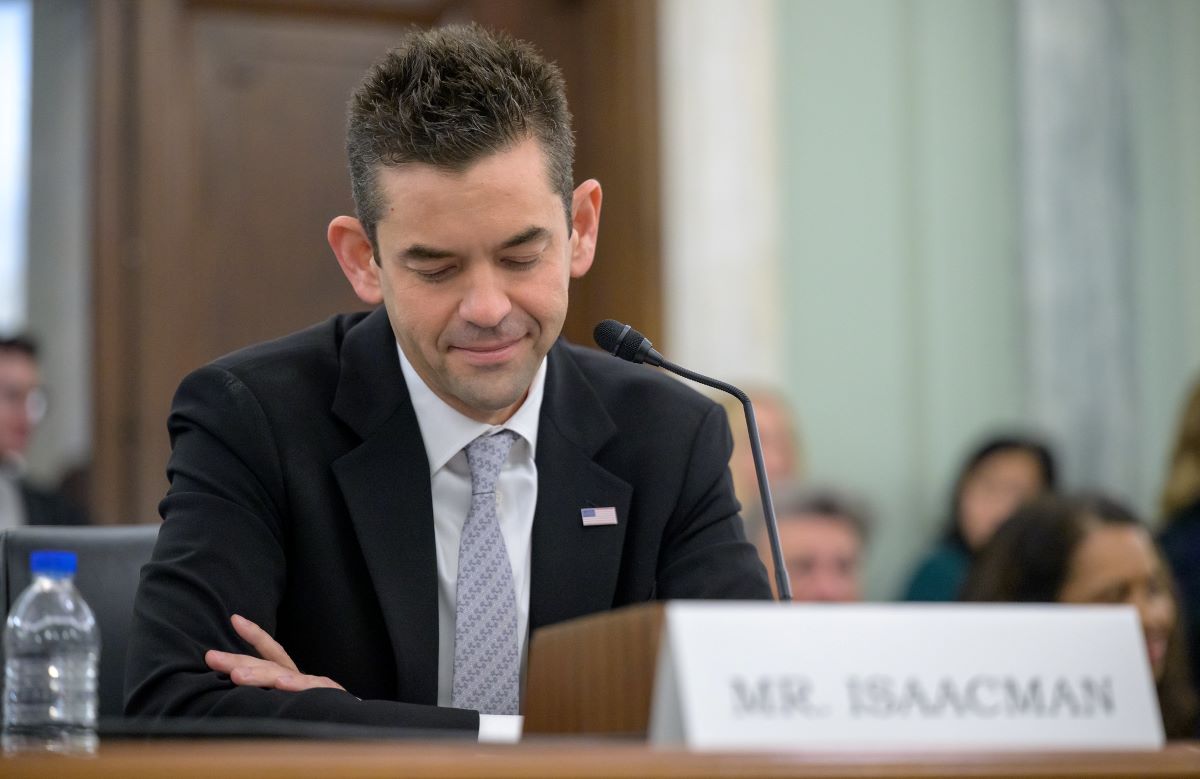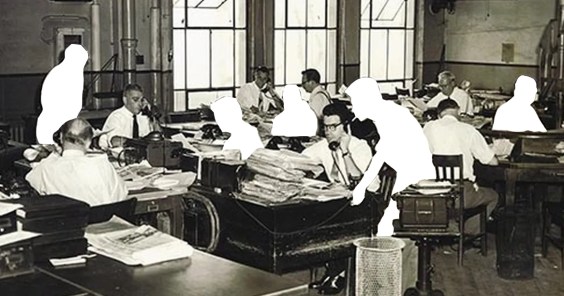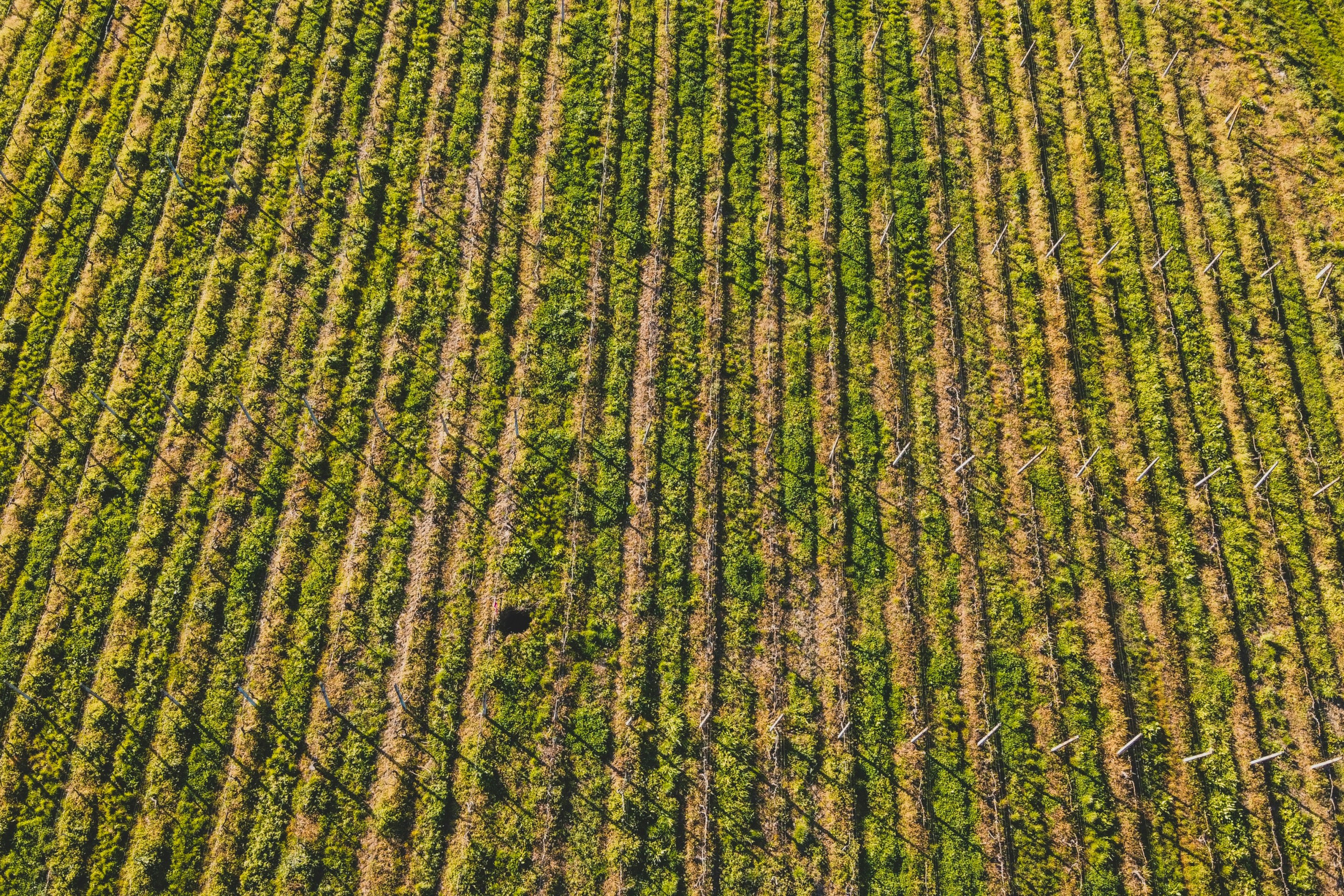When a fatal car crash happens, authorities act fast to stablize the victims, clear the road, and get traffic moving again like nothing ever happened. But what if, instead, they treated those streets as the site of a catastrophic transportation failure — and took immediate action to prevent the worst from happening again?
On this episode of The Brake, we spoke to Kevin Krizek and Tila Duhaime, who are hoping U.S. cities will try a radical new approach to post-crash response they're calling "Emergency Streets." The idea, in essence, is that transportation officials will act fast to slash local speed limits and to install temporary, modular traffic-calming infrastructure within a half-mile radius of the spot where someone just lost their life, and keep those changes for at least two weeks — or until the community can have a serious conversation about how to make roads safer permanently.
And in the process, Krizek and Duhaime hope that cities can not just save lives without more police enforcement, but also change collective attitudes about who's responsible for stopping traffic violence in the first place.
Listen in, and if you'd like to chat with the advocates about their idea more, reach out at kjkrizek@gmail.com and tilatila2@gmail.com.
The following excerpt has been edited for clarity and length.
Streetsblog: Could just kind of frame the problem that emergency streets seeks to solve? Basically, when we have a crash death or even just a serious injury crash in the United States, how do cities tend to handle that aftermath? What happens at a procedural level at a policy level in the weeks to follow, and why is that a problem?
Tila Duhaime: Well, certainly not every town has a formalized incident management protocol. But in those that do — and City of Boulder, with a little over 100,000 people, certainly does — those protocols typically focus on stabilizing the victims getting emergency response vehicles to the site of the crash. And most states have rules that say, if there's a crash and no one's injured, don't wait for help to arrive; get your vehicle out of the roadway.
That's for a couple of purposes. It is true that if you're in the way, or your vehicle is just stopped, say, on a highway where cars are expected to be moving, there is definitely a risk of of secondary crash. But also, there is generally an emphasis on returning the roadway to full operation as quickly as possible.
In some places like Southern California, it's also pretty common to [put] barriers up, to kind of cordon the scene off visually. Because the rubberneckers want to see what happened; that in itself is considered enough of a problem, because it impedes regular traffic flow, that there are protocols in place to hide [crashes] from from the road before everything is all cleaned up.
So once everyone stabilized, there's usually a bit of an on-scene investigation. But there's a lot of time pressure to figure out what when where happened. There's a limited amount of time that investigators on the scene have to inspect the scene as it as it appears when they arrive; they are expected to wrap that up as quickly as possible, gather whatever evidence they need for a possible prosecution, or for insurance, or for their paperwork — and then get out of the way and let the road return [to normal] as quickly as possible.
[The problem with that], of course, is that it gives less time for being thorough; it prioritizes regular use of the roadway [over a longer investigation into why a crash happened]. And people who come across the scene an hour, two hours, next day afterward — there's no way for them to know that something horrific just happened there. That dampens awareness; it dampens a sense that it's a problem. Because they do their best to make sure that no one is inconvenienced any further than absolutely necessary.
Kevin Krizek: An additional element is that, we want to get the road back to normal use [but] the road that has been designed is problematic. And that probably had a strong role in creating the crash in the first place. So if the if the question is, [how] to get the road back to normal, to a certain extent, we're questioning: is that a good thing?
Streetsblog: Why don't you just tell me in a few words: what is an Emergency Street? How is it different [than what you just described]? And why does America need this kind of intervention in the wake, specifically, of fatal crashes?
Krizek: The idea is that, post fatal crash on your transportation system, within 24 hours of the fatal crash, all speeds would be brought down to half of what they were formerly. And we would do this largely in the same way as school zones or construction zones — kind of bring focus to the fact that, whoa, we just had a fatality here. And the idea would be to lean further into [the question of] "What is it that allowed that crash?"
Duhaime: The one thing that you left out is that it would be in proximity to the crash location. We've kind of arbitrarily chosen a half-mile radius around the fatal crash site for two weeks.
And [it's] not just signage; it's not just painting a two in front of the zero instead of a four. That does involve signage, of course; it involves advance notice to drivers that they're entering a reduced speed area. But it will also absolutely require a slate of mobile, reusable, modular [infrastructure] that you can put on the roadway to slow drivers down or to narrow lanes, or to visually sort of demarcate areas that blend into the overall driving environment, but really are not dedicated motor vehicle lanes.
And we believe that if you use these correctly, it will be a cue to the driver — subconscious or not — that they actually must slow down. It's not a suggestion; it's not something that we're threatening enforcement action against them. It's just going to be too uncomfortable to drive at the previous speed. And I think it would actually help municipalities to be a little bit bolder in using some of these quick-build or modular or temporary kinds of treatments. It's just a try it out. It's a temporary thing. We can reuse them; we can move them around; we can learn from different iterations, what actually slows down drivers in different kinds of roadway contexts in a way that doesn't require a whole lot of investment and infrastructure-building.






